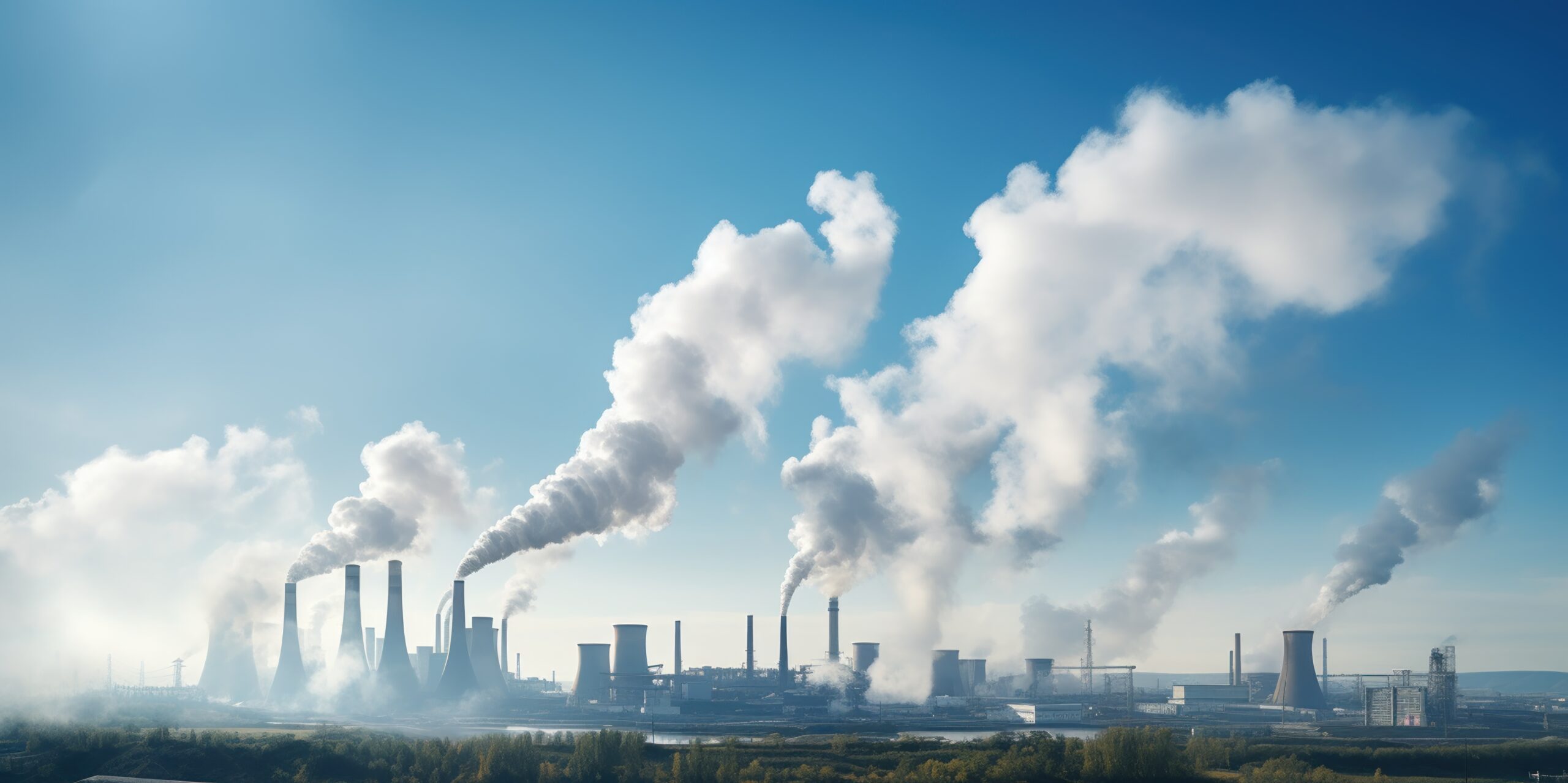Heat pumps in industry: a key driver of the energy transition

Faced with the imperative of decarbonisation and rising energy costs, industry is seeking high-performance, low-carbon thermal solutions. For domestic applications, heat pumps are currently one of the most promising technologies: by capturing heat from the air, ground or water, they convert a relatively modest amount of electricity into a much larger amount of useful heat, with coefficients of performance (COP) typically between 2.5 and 6. Currently, their ability to ‘pump’ thermal energy also makes them a suitable choice for industrial processes requiring intermediate temperatures of 30°C to 140°C.
Why heat pumps are appealing to industry
Reduced carbon emissions – Replacing gas or oil boilers with an electricity-powered heat pump – ideally renewable – significantly reduces the carbon footprint of heating. In addition, a study by ADEME on the actual performance of heat pumps (2025) shows that installing a heat pump can halve heating energy bills compared to a fossil fuel boiler[1].
Increased energy efficiency – The COP reflects how many kWh of heat are produced for every 1 kWh of electricity consumed.
Recovery of residual heat – Many industrial facilities release low-grade heat (condensers, furnaces, dryers) that can be recovered using a heat pump to preheat process flows or for intermediate stages. For example, a plant reinjected heat from casting furnaces into natural-gas preheating, saving 2 GWh/year.
Operational flexibility – Depending on the model, a heat pump can alternate between heating, cooling, and domestic hot-water production. This flexibility is an advantage for industries with variable thermal needs (breweries, food processing, chemical industry).
The different types of industrial heat pumps
- Air-to-water: draws heat from outdoor air and transfers it to a heat-transfer fluid. Typical COP ranges from 3 to 5.
- Geothermal (ground-to-water): uses vertical or horizontal ground loops. Offers better COP (4 to 6) but has a high upfront cost.
- Hydrothermal (water-to-water): heat source from groundwater or surface water; among the highest COP values (5 to 8), but requires environmental permits. The German chemical company BASF is building in Ludwigshafen, in partnership with MAN Energy Solutions, the world’s largest industrial heat pump (≈ 50 MW thermal). The installation will recover waste heat contained in cooling water and process gases from the steam cracker to produce up to 500,000 tonnes of steam per year with no direct CO₂ emissions. Powered by renewable electricity, this heat pump will help avoid around 100,000 tonnes of CO₂ per year once it comes online in 2027.
- This demonstrator illustrates the potential of industrial water-to-water heat pumps to decarbonize processes with high heat demand.
- Hybrid systems: heat pump + boiler (or another technology) to handle peak demand or very high temperature requirements.
State of research
Research on industrial heat pumps is still evolving: improving working fluids, pushing temperature limits, optimizing process integration, and developing hybrid systems with storage or renewable energy.
The REHEAT project, part of the PEPR SPLEEN initiative, fits directly into this trend: it is developing a new generation of vapor-compression heat pumps capable of using reactive carboxylic-acid-based refrigerants with low environmental impact, to recover industrial waste heat and upgrade it to higher-temperature heat, up to ~200 °C. The project targets a TRL4-HP prototype (80–150 °C) with an estimated efficiency of ~70 % of the Carnot efficiency (compared to the current 40–50 %).
This advancement would expand the application range of industrial heat pumps to previously unreachable processes and accelerate the integration of waste heat in factories, improving the overall CO₂ footprint.
Challenges and enablers for rapid adoption
The initial investment cost remains a major barrier, especially for geothermal or high-temperature solutions. Public incentives, green financing (green bonds), and innovative business models are essential. There is a significant need for technical expertise (sizing, integration, maintenance); real-time monitoring is likely to encourage adoption. Finally, electrical integration must be anticipated: the power ramp-up of heat pumps can be paired with renewable energy sources or storage to limit consumption peaks.
Future perspectives
- Low-GWP (Global Warming Potential) and zero-ODP (Ozone Depletion Potential) refrigerants.
- Digitalization and predictive control (IoT sensors, optimization algorithms).
- Hybridization with thermal storage to decouple production and demand.
- Deployment in new industrial buildings and retrofits, driven by the European directive on the energy performance of industrial buildings.[1].
Conclusion
Heat pumps are now a major technological lever for industries seeking to reduce energy costs and CO₂ emissions. The IEA estimated in 2022 that their potential contribution to CO₂ reduction could reach 500 million tonnes by 2030. Their ability to recover waste heat, provide operational flexibility, and achieve high COPs makes them particularly suitable for medium-temperature industrial processes. Research aims to advance these technologies toward higher temperatures, improved efficiencies, and stronger integration, supporting low-carbon installations aligned with climate neutrality goals by 2050.
[1] https://librairie.ademe.fr/batiment/8634-avis-sur-les-performances-reelles-des-pompes-a-chaleur.html
[1] https://www.basf.com/global/en/media/news-releases/2024/10/p-24-300
[1] https://www.pepr-spleen.fr/projet/projet-reheat/
[1] Directive (UE) 2024/1275 du Parlement européen et du Conseil du 24 avril 2024 sur la performance énergétique des bâtiments https://eur-lex.europa.eu/legal-content/FR/TXT/?uri=OJ:L_202401275
[2] https://www.iea.org/reports/the-future-of-heat-pumps
More news News


